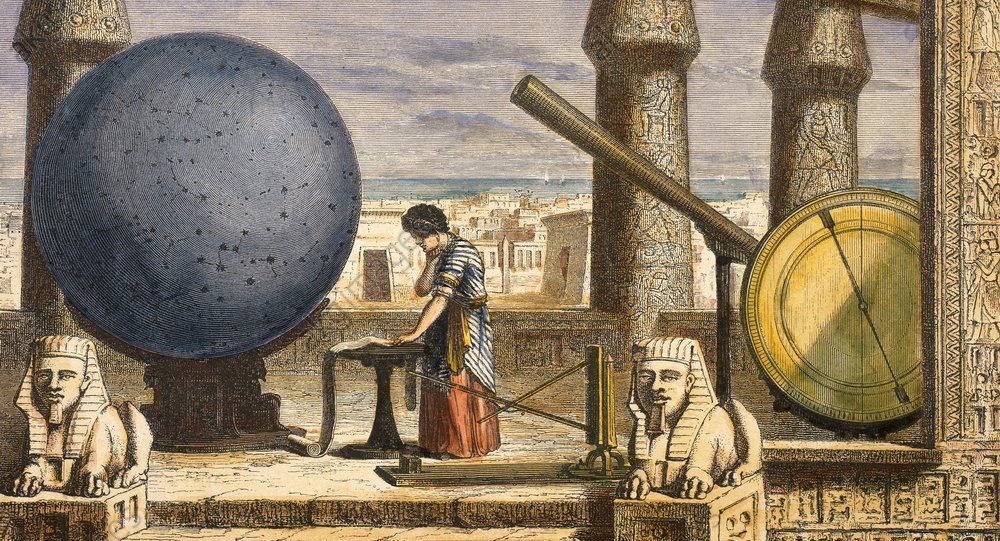How did ancient civilizations use astronomy to measure time and seasons?
Astronomy is the study of the stars, planets, and other celestial bodies that fill the sky. It is one of the oldest sciences, dating back to ancient times when people observed the heavens for practical purposes such as navigation and agriculture. Ancient civilizations relied upon the apparent motion of these bodies through the sky to determine seasons, months, and years[^1^][1].
One of the most basic ways that ancient people used astronomy to measure time was by observing the cycle of day and night. The sun rises in the east and sets in the west every day, but its position at sunrise and sunset changes throughout the year. By tracking the sun's position along the horizon, people could mark the solstices (the longest and shortest days of the year) and the equinoxes (the days when day and night are equal). These events marked the change of seasons and were important for planning agricultural activities.
Another way that ancient people used astronomy to measure time was by observing the phases of the moon. The moon appears to change shape from a thin crescent to a full disk and back again every month. This cycle, which takes about 29.5 days, is called a lunar month or a synodic month. By counting the number of lunar months, people could keep track of longer periods of time, such as years. However, there is a problem with using lunar months to measure years, because there are not an exact number of lunar months in a solar year (the time it takes for the earth to orbit the sun once). A solar year is about 365.25 days, while 12 lunar months add up to only 354 days. This means that if people followed a purely lunar calendar, their seasons would drift out of sync with the sun.
To solve this problem, some ancient civilizations developed lunisolar calendars, which combined lunar and solar cycles. These calendars added extra months or days every few years to keep the seasons aligned with the sun. For example, the Babylonians, who lived in Mesopotamia (modern Iraq) from about 2000 BC to 500 BC, had a lunisolar calendar with 12 lunar months of 29 or 30 days each. Every three years, they added an extra month called a second Adar. The Babylonians also divided their year into 24 periods of 15 days each, based on the position of certain stars in the sky. These periods were called normal stars or zodiacal signs.
Another example of a lunisolar calendar is the Hebrew calendar, which is still used by Jews today for religious purposes. The Hebrew calendar has 12 or 13 lunar months of 29 or 30 days each, depending on a complex set of rules. The first month of the year is called Nisan and usually falls in March or April. The extra month, when added, is called Adar II and comes before Nisan. The Hebrew calendar also has four major holidays that are based on both lunar and solar cycles: Passover (in Nisan), Shavuot (in Sivan), Rosh Hashanah (in Tishrei), and Sukkot (in Tishrei).
A third example of a lunisolar calendar is the Chinese calendar, which is still used by many people in China and other Asian countries for cultural purposes. The Chinese calendar has 12 or 13 lunar months of 29 or 30 days each, starting from a new moon. The first month of the year is called Zhēngyuè and usually falls in January or February. The extra month, when added, is called Rùnyuè and comes after Zhēngyuè. The Chinese calendar also has many festivals that are based on both lunar and solar cycles, such as Chinese New Year (in Zhēngyuè), Lantern Festival (in Zhēngyuè), Dragon Boat Festival (in Wǔyuè), Mid-Autumn Festival (in Bāyuè), and Winter Solstice (in Shíyīyuè).
In conclusion, ancient civilizations used astronomy to measure time and seasons by observing the cycles of the sun, moon, and stars. They developed different types of calendars that combined lunar and solar cycles to keep track of longer periods of time and align their activities with nature.



Comments
Post a Comment